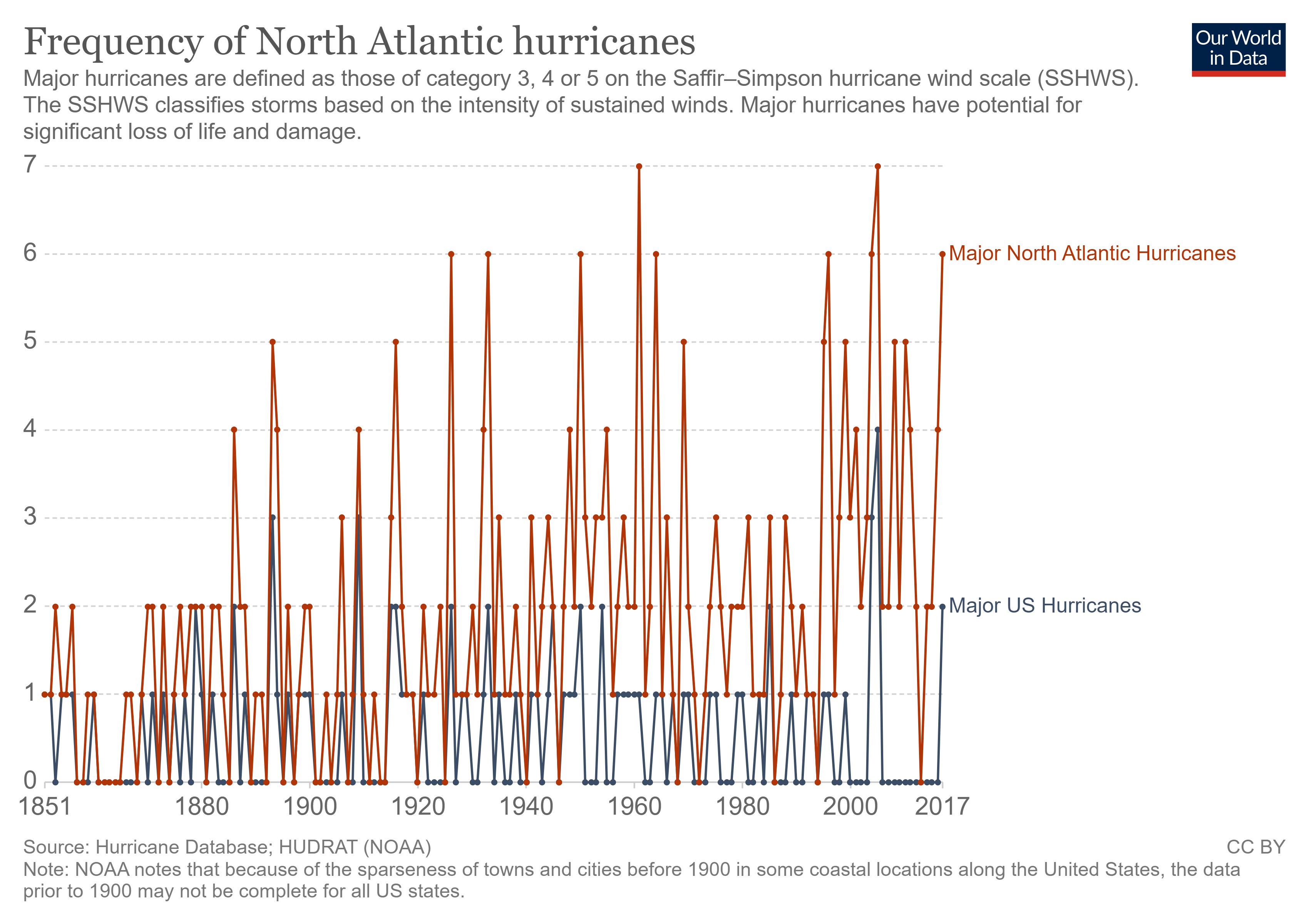How innovative water management helps Latin America and the Caribbean adapt to climate change
Climate change is damaging the quantity and quality of freshwater in Latin America and the Caribbean.
F rom increasingly frequent extreme weather events reducing the ability to produce clean energy from hydropower to the depletion of freshwater sources threatening people and livelihoods, this diverse region shares a range of critical water governance issues.

In addition to tropical hurricanes, climate phenomenon the El Niño Southern Oscillation has a significant impact on the area’s freshwater resources, causing drought in some places and heavy precipitation in others. According to the UN, the impact on freshwater is likely to increase conflicts over land as a significant proportion of the region’s population lives in transboundary watersheds, as well as affecting food and energy security.
To meet these challenges several countries in the Caribbean and Latin American region are taking action.
Panama’s canal sustains the economy, while its tourism and power generation sectors both require good water management. Conflict over land on the Chiriquí Viejo river watershed between hydropower production and agriculture is high and extreme weather events, causing droughts and floods, further threaten water and food security.
Thanks to a $9.97m grant from the Adaptation Fund, Panama has developed a climate adaptation programme with water management at its heart. Focused on two river watersheds, initiatives to promote renewable energy, climate-smart agricultural techniques and climate adaptation skills across multiple sectors are underway. It also includes a national system for monitoring climate data and adaptation efforts to help build both national and local community capacity to respond to the risks and impacts of climate change.
Further south, in Chile and Peru, “water-smart” technologies help the countries’ fruit producers adapt to an increase in droughts and water scarcity. These innovative technologies are focused on increasing the efficiency of irrigation and restoring the health of soils. One such technology, AQUA4D, improves the dissolution and distribution of minerals in the water. Soils retain water for longer as a result, reducing water consumption by farmers, while a better balance of minerals in the water can improve the quality and salinity of the soil. It has been successfully used by citrus, blueberry and avocado growers, increasing crop yields and food security without the use of chemicals.
In the Caribbean islands of St Vincent and the Grenadines, progress on water security is being made. Lacking access to a public water system or natural water source, many people harvest rainwater to get water but fewer days of rainfall makes this unreliable.
To address this issue, the Caribbean Community Climate Change Centre (CCCCC), with the help of the United States Agency for International Development (USAID), has funded new water harvesting equipment and storage. So far, this includes 178 water harvesting systems, the refurbishment of wells and a reservoir, and improvements to pipelines. Local communities have also received training in maintenance and water purification techniques.
Under the same programme, on the islands of St Kitts and Nevis, cisterns and water storage tanks have been retrofitted in schools, nurseries and day care centres at a cost of $205,000. These education centres often had to close or disrupt teaching owing to water supply shortages caused by climate change and inadequate water management. According to the Department of Environment, more than 4,000 students and faculty benefit from a secure water supply and improved sanitation that’s now in place.
How quickly the region can implement solutions and reach the communities and industries most vulnerable to climate change is a critical challenge. According to the UN, the investment required to support climate change adaptation is beyond the financial capabilities of most Caribbean countries. Migration from the most vulnerable islands may become the only option for some populations.
Migration may also be the only option in the near future for areas of Latin America reliant on tropical and sub-tropical glaciers as the source of freshwater, though increases in rainfall in some areas offers hope in the form of a sustained freshwater source for people and agriculture.
Latin America and the Caribbean have realised the significant impact that climate change can have on its environment, economy and people. Adaptation measures that reduce the risk and cost of future climate shocks, in particular their impact on water supplies and systems, must be prioritised. Involving local communities in climate adaptation initiatives and their upkeep, as well as sharing knowledge across borders will be vital in sustaining a response.
The ideas presented in this article aim to inspire adaptation action – they are the views of the author and do not necessarily reflect those of the Global Center on Adaptation.